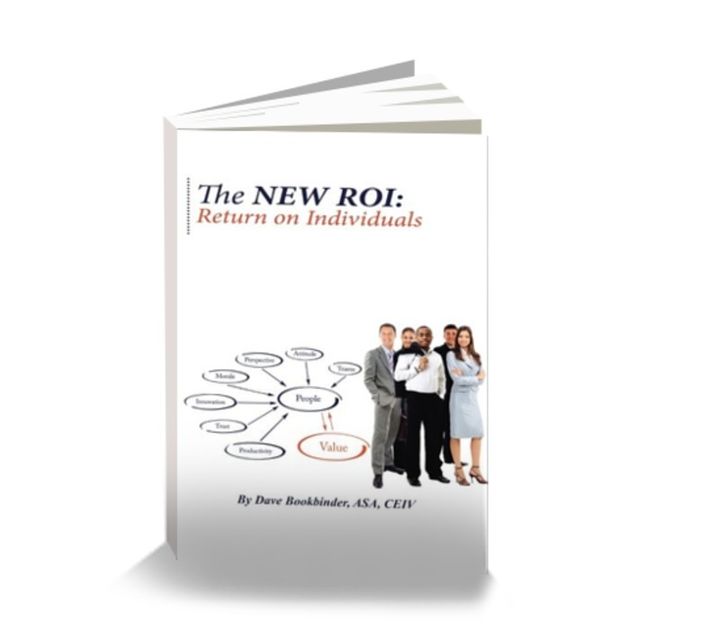
This company provided doughnuts for its software development team every day. Good doughnuts - and a great assortment of them.
This company also had a cafeteria so the employees never needed to be inconvenienced by having to leave the building at lunch time. And, at the end of every day, employees were given a free pot-luck dinner.

Sounds like a pretty good company - want to work there?
And now, for the rest of the story...
The company's motivations in providing these perks weren't exactly altruistic. You see, management learned that the software developers were willing to come in to work an hour or more ahead of their scheduled reporting time to get the best pick of the doughnuts. First come, first served.
The assortment was also designed to create urgency as nobody wanted to get stuck with the few deliberately 'less desirable' doughnuts that were always included in the assortment.
Regarding lunch, management believed that productivity would suffer if employees went out to eat. Having an in-house cafeteria discouraged employees from leaving the building, plus they'd spend less time on lunch breaks.
The dinner announcement came between 6:30 and 7:00pm. The design was to get employees to stay beyond the end of their normal work day. And the pot-luck dinners? They were the items that weren't eaten at lunch time and would likely be discarded anyway.
How do you feel about this company now? Did they value their employees?
Still want to work there?

My "WHY"
As someone who's regularly involved in the valuation of intangible assets, I’m often asked which intangible asset is the most valuable to a company. I've always believed that it’s the people. Sometimes it's just hard to quantify.
And as someone who has quantified the value of people for a large part of my career, I can tell you it's usually the other intangibles, like patents or trademarks, that mathematically wind up proving to be more valuable assets.
A few years ago, I was introduced to a fellow named David Jardin, founder of the Integrated Talent Management System, because we both "valued people." David believed that all-too-often, the contributions of the workforce were not fully understood by management teams who relied on ineffective ways to measure such things.
He believed that with the right talent management tools in place, employee engagement and productivity would increase and that management teams could have that "ah-ha" moment of realization that the employees can make a real difference - and in a measurable way.
We began to collaborate on how our respective worlds "value" people; where in the valuation world, 'to value' typically refers to "quantifying the worth of" while in the talent management world, 'to value' typically referred to "being appreciated."
Our intuition was that there was likely a high correlation to a valued (i.e. appreciated) workforce having tremendous value, in dollars and cents. But how could we prove that?
We believed that if we could marry the disciplines of valuation and talent management, we could change the way 'people' were evaluated, change the way leadership perceived their employees, and quantify the impact of both on the overall value of the business.

The hope was to identify a mathematical equation - the 'secret formula' - to make such a determination.
Unfortunately, David passed away before we were able to pursue this fully, however, he inspired me to continue the conversation with others in an effort to keep the dream alive. And the more people I talked to about this project, the more people who wanted to be a part of it.
Welcome to the journey that documents my quest to find greater meaning in the context of valuing people and the contribution of people to the value of an enterprise.
In The NEW ROI: Return on Individuals, we delve into placing a more quantifiable value on the human capital asset - the most valuable asset in every organization. Additionally, we explore universal ways to promote even greater workforce value including creating difference makers, increasing employee success, improving happiness, reducing toxic employees, generating innovation by building trust, embracing and improving corporate culture, and much more.

Nothing gets done in any organization without people - your human capital - and improving the productivity of every employee at every level is the key to boosting profitability, and as you'll learn, at the same time boosting employee morale. Higher morale generates even greater productivity which, in turn, improves your bottom line. It's an upward spiral that you'll want to harness.
Please join me and more than twenty collaborating partners in this journey to better understand The New ROI: Return on Individuals.
If you believe that people are a company's most valuable asset and you'd like to be a contributor to the conversation, you can join a LinkedIn Group or a Facebook Group where you'll have the opportunity to interact with the collaborators of this series and with others who also believe that people are a company's most valuable asset. Yes, you can join both!
If you want to know more, please consider ordering the #1 best-selling book which is available at Amazon.

The NEW ROI: Return On Individuals has also been showcased in these articles in Inc. Magazine and at the HuffPost:
About the Author:
Dave Bookbinder is a Director of Valuation Services at EisnerAmper where he helps his clients with the valuation of businesses, intellectual property, and complex financial instruments.

More than a valuation expert, Dave is a collaborative consultant who serves companies of all sizes, both privately held and publicly-traded. Dave lends his business experiences to help people with a variety of matters. For more about Dave, or to schedule a conversation, visit his LinkedIn profile.
For future insights and articles, connect with Dave on LinkedIn, like him on Facebook, follow him on Twitter, #NEWROI and subscribe to his blog at Huff Post.
You might also enjoy some of Dave's other articles.
Views and comments are my own.
_______________________________________
Copyright 2015 Dave Bookbinder
